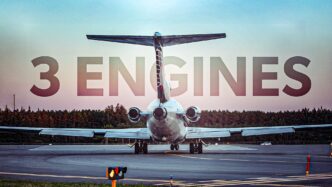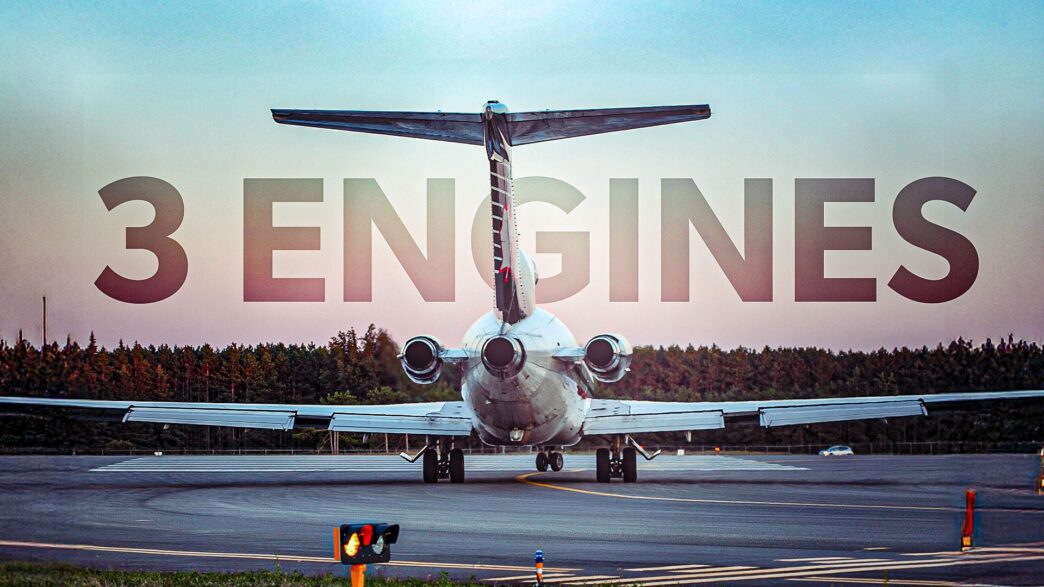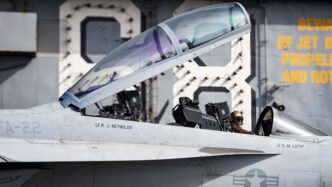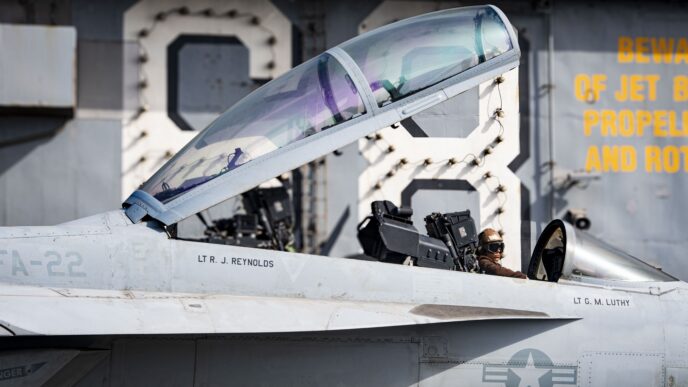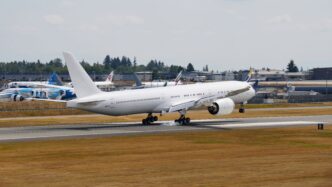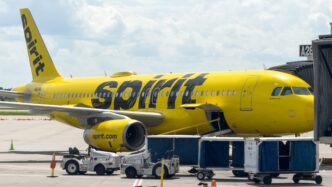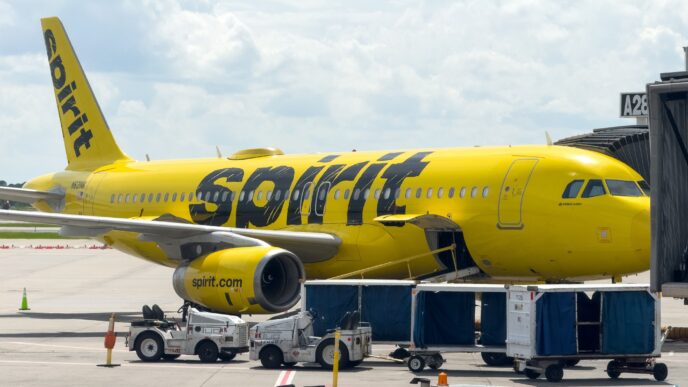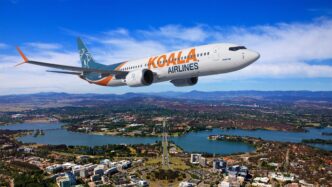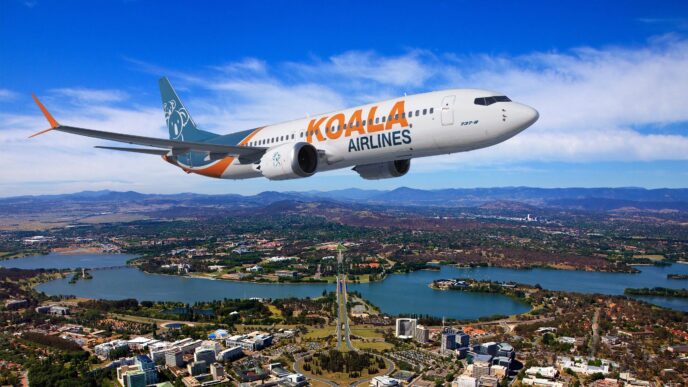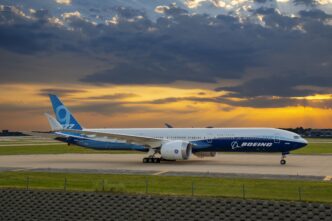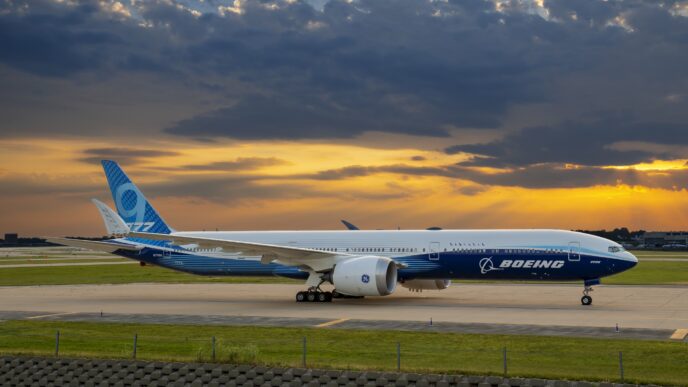When the Boeing 727 made its debut in the early 1960s, its unique three-engine design immediately caught the eye. Unlike the more common twin-engine and four-engine jets of the era, the 727 featured one engine at the tail and two on either side of the rear fuselage. So, what led Boeing to this unconventional setup? The decision was a strategic response to a blend of airline needs, regulatory hurdles, and the technological limits of the time. The 727 was Boeing’s innovative solution to challenges like shorter runways, high-altitude airports, and new overwater flight safety regulations. Let’s dive into the reasons behind its three-engine design, exploring the commercial negotiations, engineering challenges, and competitive dynamics that shaped this iconic aircraft.
In short, Boeing opted for the three-engine configuration to satisfy the diverse requirements of its three launch customers. United Airlines needed a plane that could handle “hot and high” airports such as Denver. American Airlines was looking for the fuel efficiency and simplicity of a twin-engine aircraft. Meanwhile, Eastern Airlines required a third engine to comply with overwater flight regulations, which at the time restricted twin-engine planes from flying more than 60 minutes away from an alternate airport. By equipping the 727 with two Pratt & Whitney JT8D engines on the rear fuselage and a third engine through an S-duct under the tail, Boeing managed to meet all these demands.
The choice of a three-engine layout was not just about numbers; it was a carefully considered decision influenced by various technical and commercial factors. These included the engine power and reliability available at the time, runway length limitations, evolving ETOPS (Extended-range Twin-engine Operational Performance Standards) rules, and the desire to avoid the extra weight and drag of a four-engine setup. This configuration provided the necessary thrust for short-field performance without the penalties of a heavier design, while also allowing the 727 to operate on Caribbean and Gulf routes that were off-limits to twin-engine jets back then. The 727’s design proved to be a winning compromise, with the aircraft exceeding Boeing’s initial sales expectations and becoming the company’s best-selling airliner until the 737 came along.
#Boeing727 #AviationHistory #TrijetDesign #AirlineInnovation #AviationEngineering
Originally reported by Simple Flying Read More
